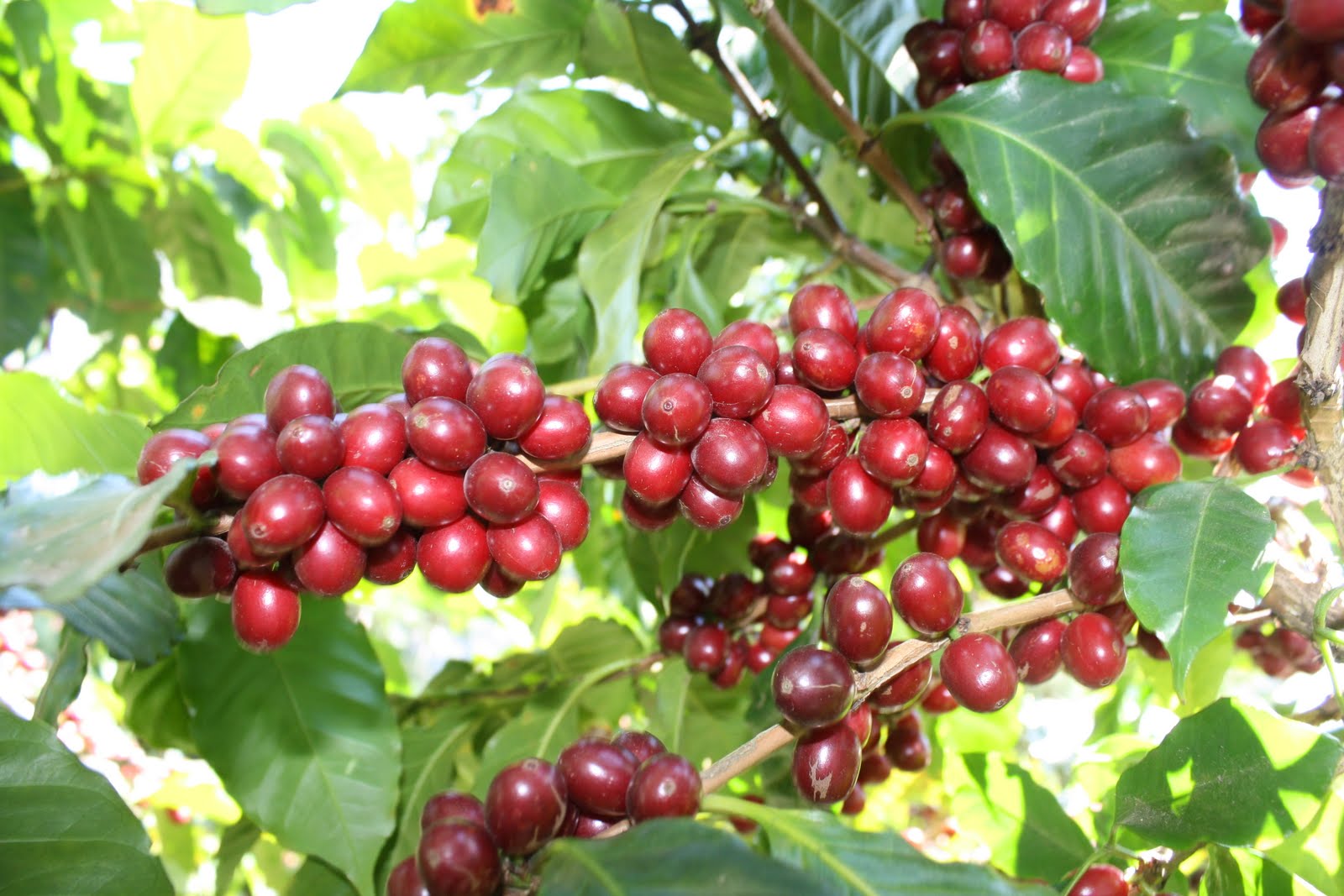I will give you one example of how this works.
This harvest we made a major step toward ensuring quality. We separated each lot and cupped them. I was not at the wet mill for a few days and lot #11 got left too long in the fruit before de-pulping. You can tell this by looking at the parchment. I will be stained reddish from the red fruit, rather than being the normal white/straw color.
Lot 11 is on top and has a noticeable red color.
Cupping table set up with the three samples.
Lot # 11 on the right with reddish color.
So when we cupped lot #11 it had a overpowering fruity taste. So we tried to decide to leave it in with the rest of the coffee at the dry mill or sell it separately. We didn't want it to taint the entire export lot.
So we decided to try an experiment. We had 3 samples:
- sample of lot 11 by itself.
- sample from all other lots except lot #11.
- sample of lot 11 mixed with the other lots in proportion to the mix that would be in the export lot.
- Sample 2 was better than sample 1
- Sample 3 was better than sample 2
So we decided to include lot 11. And what was a mistake at the beginning helped the overall export lot in the end.











